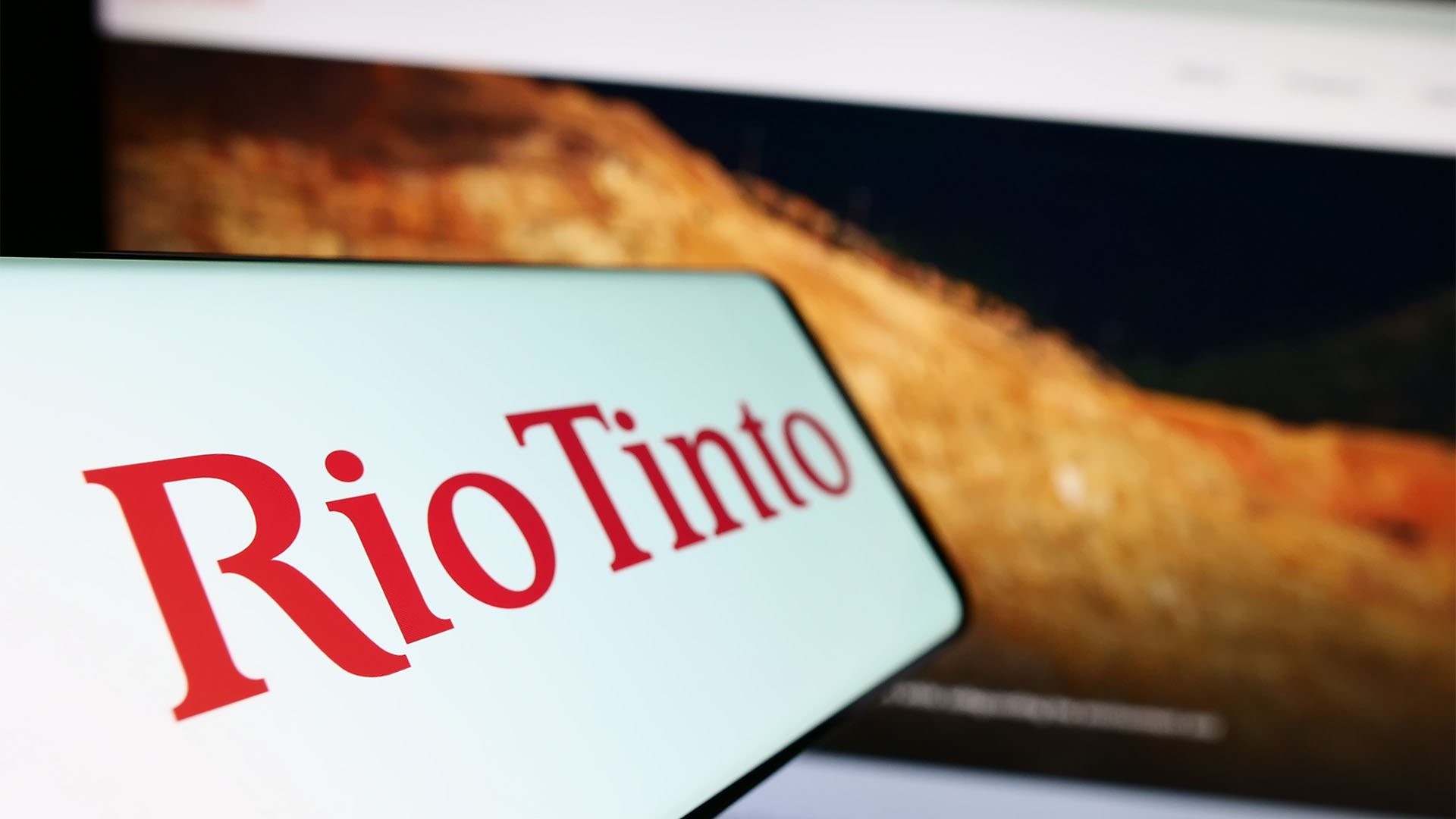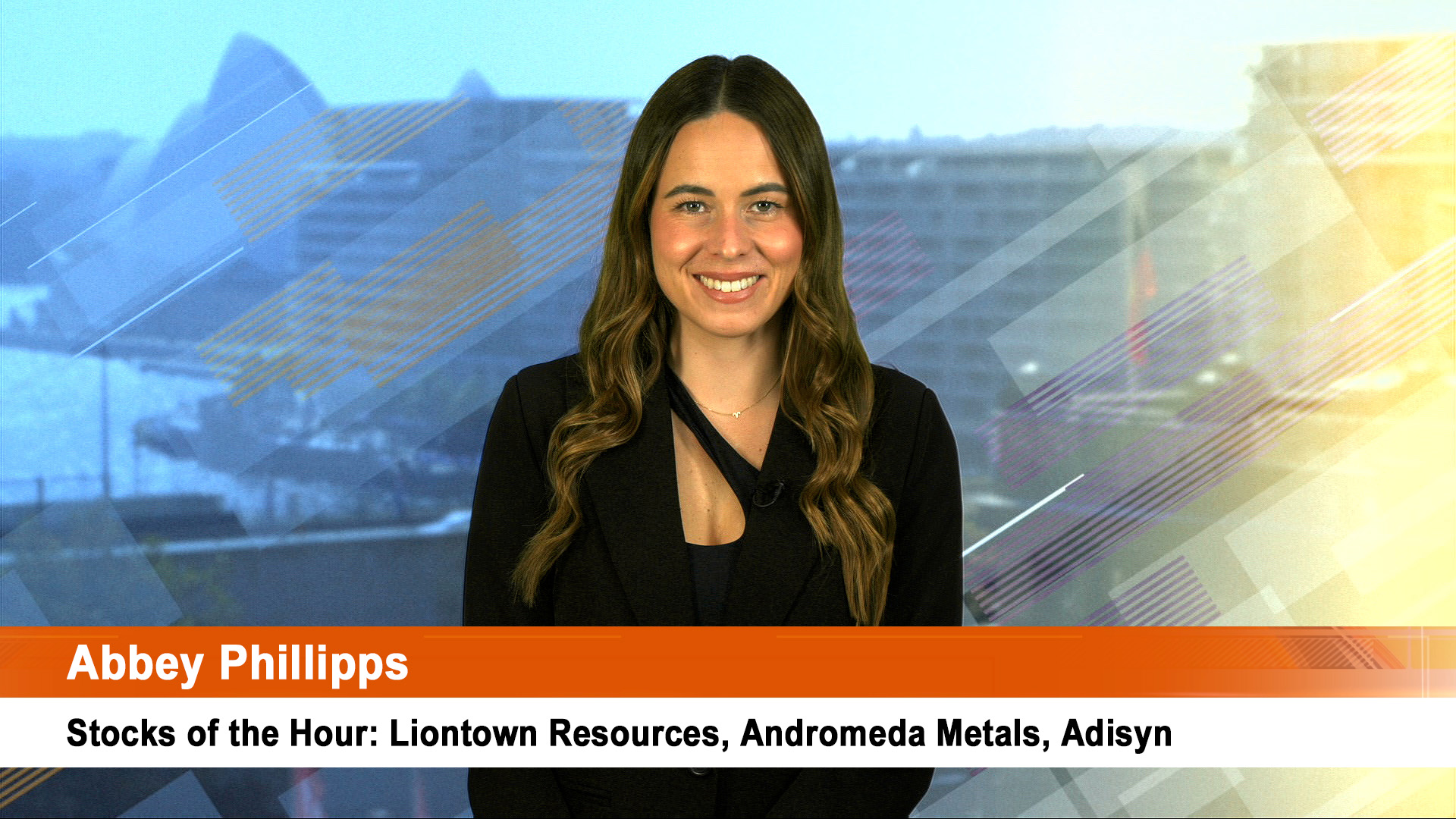A series of reports on Wednesday and yesterday in the official Chinese media have pinpointed the country’s most dangerous bubble: bank lending.
It is remains unchecked, despite the banks being controlled or dominated by the state.
We’ve heard claims of a bubble in property, in the economy and in infrastructure and commodities, but the lending bubble just won’t go away.
It is the big one with all the danger to crunch the economy if the lending splurge is cut too sharply and too quickly.
It remains the biggest danger to China’s immediate economic outlook and that of Australia.
Such has been the explosion in bank lending in the first three and a half weeks of January, that a crunch is just around the corner, merely to bring the pace back inside the official limits, which appear to be somewhat flexible.
The longer the lending binge goes on, the greater the chances of a credit crunch or squeeze.

Worryingly there was a squeeze in the country’s money market earlier this week when short term market rates hit three year highs as liquidity dried up ahead of the Lunar New Year/Spring festival that will see China all but shut down for much of the next three weeks.
Yesterday we had reports that Chinese banks had raised interest rates on loans by as much as 45% in an effort to put a quick clamp on credit growth. The rates were raised on loans to bigger businesses.
That this was reported in the state media (China Business News and the China Securities Journal) means the government wants this information known.
To reduce the volume of new loans, bank head offices have issued instructions to their branches to hike lending rates by 10-45% to "ensure the amount of new loans does not exceed the quota", the China Securities Journal said, citing an unnamed official at a large bank.
The spike in lending rates came after reports that state-owned banks had handed out 1.2 trillion Yuan ($A182.81 billion) in new loans from January 1 to January 24- more than twice the amount issued (China Business News)in December and equal to 15% of last year’s total.
The surge in new loans this month suggests banks are ignoring (defying?) government efforts to slow the flood of liquidity into the economy.
Much of this ‘hot money” is coming into China from offshore, brought in by big companies and banks. Over 200 billion US dollars came into China in 2010 above and beyond the trade surplus which was around $US180 billion.
This ‘hot money’ has been blamed for fanning inflation and pushing up property prices; but the reality is that inflation has mostly been down to the surge in food prices in the past year, which show no sign of easing, despite the slight fall in December.
Media reports tell of the usual rise in food prices ahead of the Spring festival/Lunar New Year celebrations, which is a seasonal factor in Chinese inflation.
But it means food prices will be up when the next report is issued in March (China usually puts together statistics for January and February and reports them almost as one because of the impact of the festival and Lunar New Year on economic activity, especially retail sales and output).
The latest reports on the banks claim the rates rises are part of a campaign to slow credit growth by the end of March (it falls anyway in February because of the holidays).
The Chinese government has been widely reported as moving to limit lending to a target zone (instead of a limit as in previous years). This zone has been reported at between 7 trillion and 7.5 trillion Yuan this year.
The banks lent 7.95 trillion Yuan in new loans in 2010, which exceeded the 7.5 trillion Yuan target set by the government.
Other media reports revealed that China’s central bank and banking regulator were divided over how low to set the loan ceiling, with the People’s Bank of China proposing an industry-wide loan quota of 900 billion Yuan ($136.7 billion) for January and the China Banking Regulatory Commission preferring a target of 1 trillion to 1.2 trillion Yuan.
The regulator obviously wants to slow lending gradually, whereas the central bank seems to be urging a very sharp cut.
Regardless of the limit argument, it is clear that the government has not been able to bring lending by its banks under control.
That’s despite edicts from the regulators, seven increases in the reserve asset ratio in the past year (which is supposed to cut the amount of money that can be lent) and two interest rate rises.
The country’s one-year lending and deposit rates stand at 5.81% and 2.75% respectively.
Media reports said that bank officials are saying that overall lending in January cannot exceed 12% of the full-year target, which is said to be about 7.5 trillion Yuan (note there’s no mention of the lower level of 7.2 trillion Yuan).
That limit seems to have been surpassed in the first 24 days of this month. Perhaps it will be added to the slower figure for February and presented as a ‘success’.
The central bank released figures this week on bank lending in 2010.
The breakdown shows the banks lent 2.02 trillion Yuan ($A305 billion) in new loans into the property sector in 2010, a quarter of all new Yuan loans made last year.
Banks loans for property development were 591.6 billion Yuan, up from the 576.4 billion Yuan in 2009.
Personal mortgage loans amounted to 1.4 trillion Yuan last year, the central b













